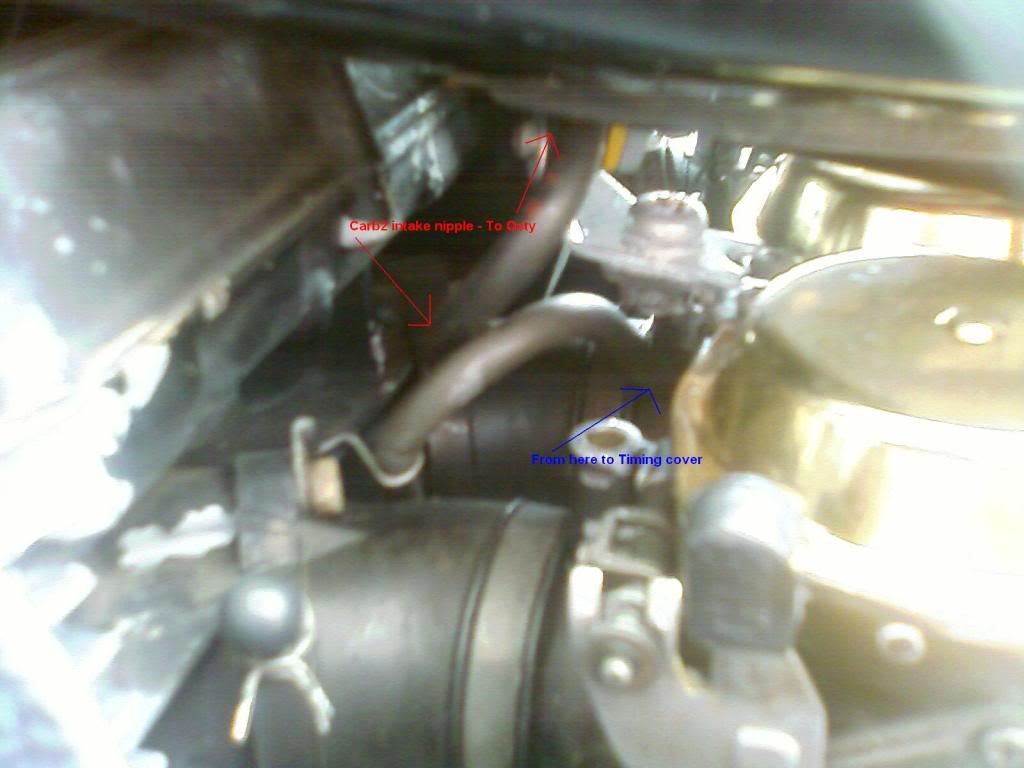do the pick up's for the coils suppose to 1/4 turn and chatter while the crankshaft spins?
i had hooked up the vacuum line to the carb boot and it chatter something awful. so much i thought it was my cams or a piston knocking. i hook it up to the instructed carb #2 and they dont move at all.
are the pickups suppose to rock or stay in one place? and confirming what i've been told the vacuum from the pickups goes on the carb body and the vacuum for the gas octopus goes on the same carb boot
i had hooked up the vacuum line to the carb boot and it chatter something awful. so much i thought it was my cams or a piston knocking. i hook it up to the instructed carb #2 and they dont move at all.
are the pickups suppose to rock or stay in one place? and confirming what i've been told the vacuum from the pickups goes on the carb body and the vacuum for the gas octopus goes on the same carb boot



Comment